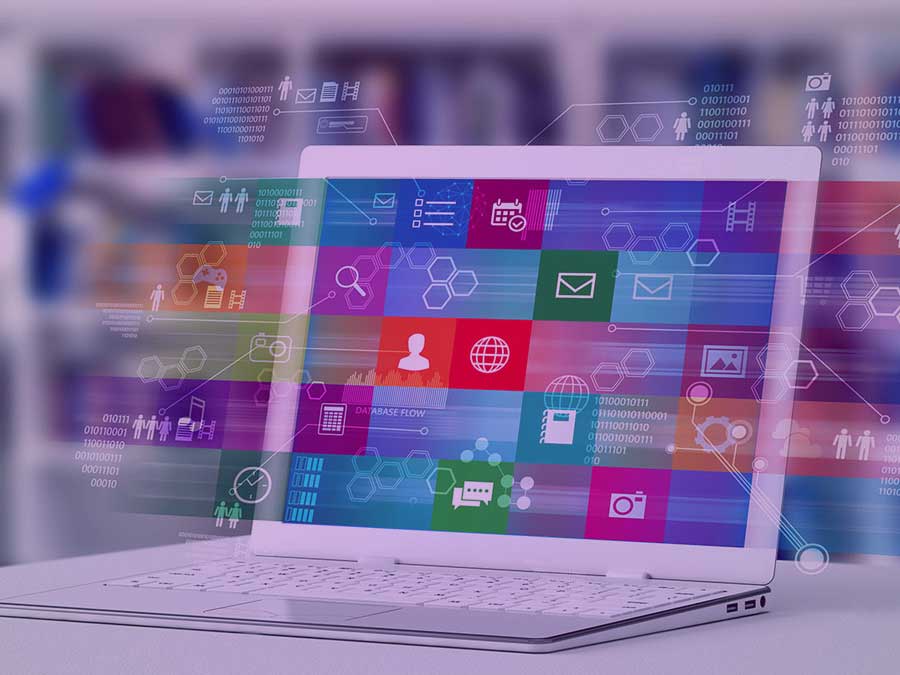What’s old is new again: Hardware and software time slices
When computers took up an entire room, programmers received time slices. Then subscriptions became the fad. Now? We're seeing both models. Is one better?
Reading time: 3 minutes

A long time ago, in a galaxy not so far away, when computers took up an entire room, the time needed to run a new bit of software on a computer was precious. Each programmer received a time slice and they’d better be ready to go, punch cards in hand (or breast pocket).
Then computers got smaller and faster. And everyone wanted to have one of their own on their desk. Both hardware and software were purchased up-front and were used until they became obsolete. Costs for both occurred on the order of every few years. Only the electricity was consumption based. Any everyone was happy… for a while.
But people being people, certain bad actors discovered that there was money to be made hurting people, rather than helping them. And as network connections increased and more files were shared, more viruses propagated. The ‘virus’ moniker is very accurate, not just in the way they spread, but also in the way they were fought: via immunization in the form of digital signatures that would identify a particular virus. But just as biological viruses mutate, so too, do computer viruses. And quickly. For the first time, users couldn’t wait years for their next software update, they needed updates on the order of weeks or days for the most up-to-date list of virus signatures to protect against. And thus was born the idea of the ‘software subscription’.
Software subscriptions were the darling of CFOs everywhere. Who doesn’t love predictable, recurring revenue. And while some consumers resisted for a while, the fight soon became quixotic. You may not have needed the latest software features, but you did need the latest security patch.
Those who made their revenue from hardware were watching jealously from the sidelines, but they’d finally get their turn in the form of cloud computing. When internet networks finally got fast enough that you didn’t need the computer to be on your desk, or even in your building, it was once again possible to just buy a small time slice of a computer. And these slices were indeed small! Not months or days, but hours and sometimes even minutes. You didn’t have to worry about hardware breaking, or electricity or cooling costs. And you could feel good about only paying for what you used.
The pendulum had swung and now it was the software folks who were dealing with the longer and possibly less efficient annual or monthly subscription plans.
Here at Garnet River, we do a lot of consulting and contract work in the development of RPA (Robotic Process Automation) bots. [Bots are just small software programs.] The bots are usually developed with the help of a ‘bot toolkit’. These toolkits are the software libraries and development tools that make developing and running the bots easier. We are partners with two commercial bot toolkit vendors. One vendor licenses their bot tools on an annual basis, the other provides their software licenses on a purely consumption model billed per minute. The problem with the annual model is that bots typically spend most of their time being idle. They may wake up and perform a daily task for a few minutes and then go back to resting. Bot hardware resources can be made to be granular if you’re using a cloud provider for your compute capacity, but the software license doesn’t necessarily follow suit. With an annual subscription, you only start to feel good about your license expenditure if your bot is very busy, working many hours of every day. However, if the software license is tied to the hardware compute capacity, they both can be fine-tuned to your limited needs. This is especially valuable when you’re first starting up and don’t have a lot of bots running yet. For this reason, we find ourselves recommending to our new clients to go with the vendor with the consumption-based licensing model more often than the vendor with the annual licensing model.
I wrote this article using Microsoft Word, but as a software developer, I don’t spend a lot of time in Word. What if my licensing costs for Word reflected my limited usage? Would that be fair?

Ken Hausam is the Chief Technology Officer for Garnet River and Senior Consultant for the RPA Practice. He can be reached at khausam@garnetriver.com.


